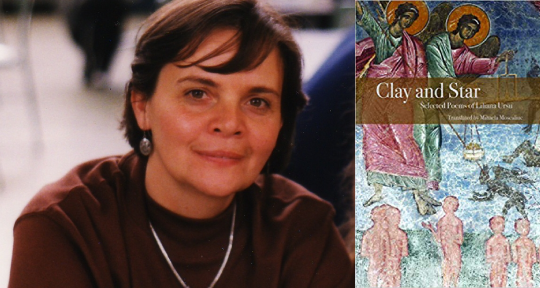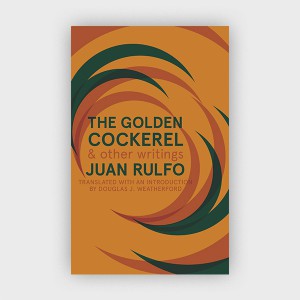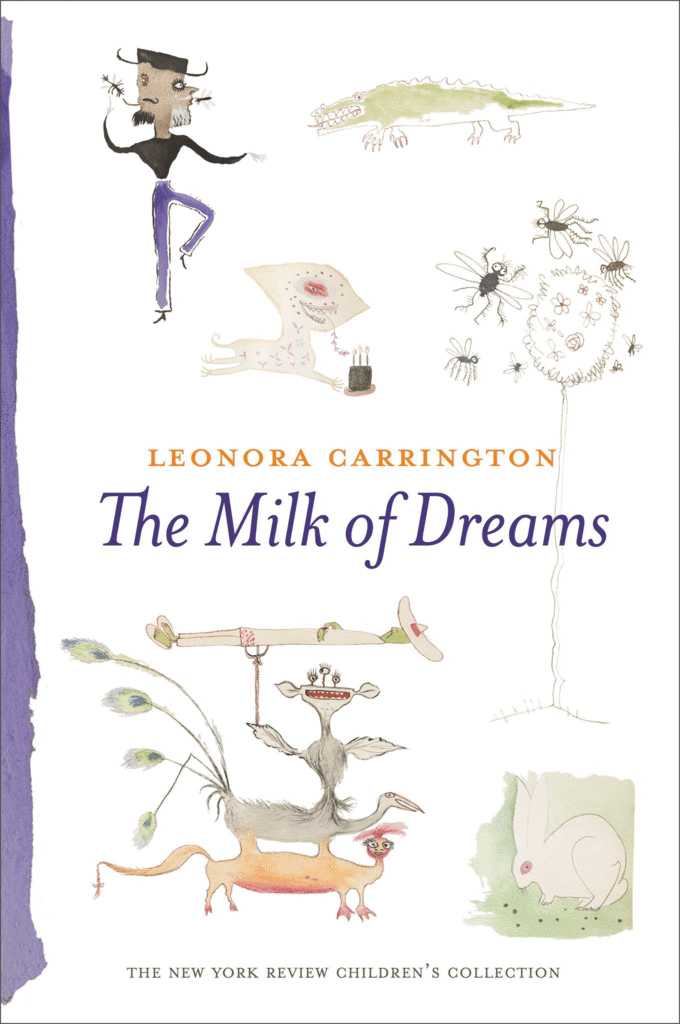Clay and Star: Selected Poems of Liliana Ursu, translated from the Romanian by Mihaela Moscaliuc, Etruscan Press, 2019
With an impressive record of thirteen collections in Romanian and five collections in English translation, it is no wonder Liliana Ursu has now arrived with a generous (over seventy pages) collection of selected poetry, published by Etruscan Press in Mihaela Moscaliuc’s translation.
It is just that, unlike your usual (American) volume of selected poetry, the book does not divide the poems by their appearance in previous collections, but simply lists their titles in the contents, every now and then mentioning under their last line where and when they were written. Other poems mention the location in the very title—Văratec Monastery in northern Romania, for instance, is both frequently present and representative of the poetics, but Sibiu, Bucharest, Boston, and San Francisco also appear—while others are dedicated, in their epigraphs, to people met in those places. The book thus amounts to a sort of journey that, while capturing fleeting specifics of literal locales in snapshots, is most prevalently a progress of the soul.
The confessional therefore sets the tone, but is at the same time placed in multifaceted perspectives that render the speaker both observant and observed. The title of a poem meaningfully speaks—for instance—of the “poem composed while being watched by a bird.” The multiple angles are accompanied by a functional synaesthesia that brings together the senses and speech alike. READ MORE…




